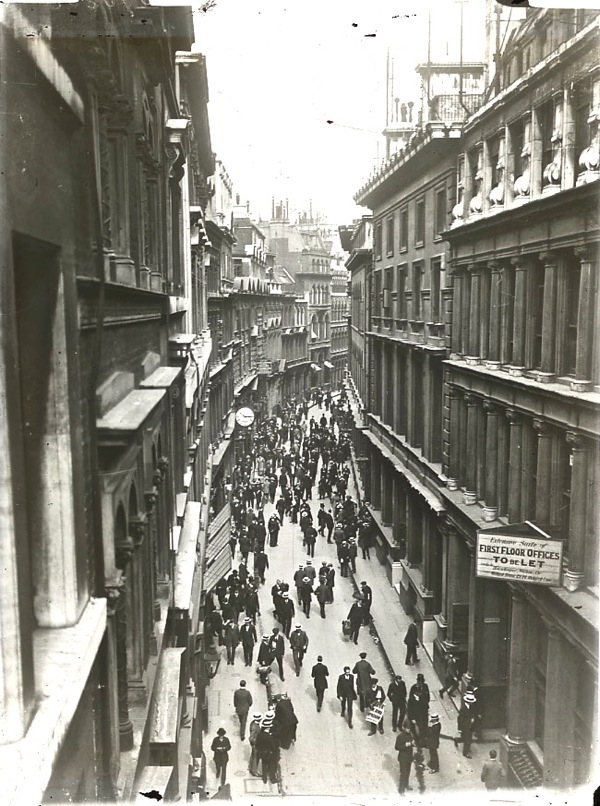UPON THE NATURE OF BRUSSEL SPROUTS
After my mother died, I found her hairbrush with some of her long, silver hair still in it and I found myself thinking ‘maybe someone could clone Mum from the DNA in her hair’. I know that this is ridiculous but the thought was there. And I have her hairbrush, just in case.
More helpful was what happened to me earlier that morning. I was getting ready to go out and telling my husband that I probably would not write a blog this week because, after all, my mother had just died, and everyone would understand. Then I heard her voice in my head, as clearly as if she was standing next to me. ‘Don’t you dare not do the blog! Tell them about the Brussels sprouts’.
And so, here is my take on that most divisive of vegetables the Brussels sprout, courtesy of my mother. Every Christmas we had Brussels sprouts with our turkey. I quite liked those sulphurous, squidgy little crucifers, and Dad positively loved them. They were usually a little watery and yellow, and I maintained that this was because Mum insisted on making a cross in the bottom of each one which allowed the cooking water to penetrate right into the heart of the vegetable. I declared that this was not necessary but somehow, even when I hosted Christmas in my own house, Mum managed to get hold of the Brussels and a sharp knife and the rest was history.
In fact last year, when we had Christmas in Dorset because Mum and Dad were getting over a chest infection and were too sick to travel, the only thing that Mum had the energy to do was to sabotage the Brussels sprouts. By this point I was only too happy to let Mum have her way.
When we eat sprouts, we are actually eating the buds of the plant. The plant is, of course, a member of the cabbage family (Brassicaceae) which accounts for those hints of sulphur if the sprouts are overcooked. It probably originally came from the Mediterranean and forerunners of our sprouts may well have been grown in Ancient Rome. The plant was known in Northern Europe from about the fifth century and was said to have been grown in Belgium from about the thirteenth century, hence the name.
Each stalk can bear a harvest of up to 3lbs of sprouts, which can be picked all at the same time or over a period of weeks. The sprouts are normally ready for harvesting between ninety and one hundred and eighty days after planting, and are considered sweetest after a frost. They are a traditional winter vegetable, though I would be willing to bet that a lot of people have them with their Christmas dinner and at no other time. Personally, my winter crucifer of choice would be a fine green cabbage but that is an absolute no-no in our household.
There are some new varieties of Brussels sprout about, including a rather neat looking red and green flouncy variety that cropped up last year, and red Brussel sprouts have been around for a while . The red ones are a hybrid between red cabbage and the traditional Brussels sprout. Most eaten in this country are home grown, with the ones in my local grocer coming from Lincolnshire. Sprouts need temperatures no higher than seventy-five degrees and are also fairly thirsty plants, so the climate in East Anglia is ideal. Like all members of the cabbage family, Brussels sprouts are very good for you, packed full of vitamins and minerals and fibre.
Of course, the Brussels sprout lends itself to all sorts of other shenanigans not related to its health-giving properties. In 2014, adventurer Stuart Kettell pushed a Brussels sprout all the way to the top of Mount Snowdon with his nose to raise money for MacMillan Cancer Support. He needed twenty-two sprouts, it took him four days, and he lost all the skin on his knees but he raised £5000. He had previously practiced by pushing a Brussels sprout around his garden and chose large sprouts so that they would not get stuck in any crevices on Snowdon. Apparently he had previously raised money by walking every street in Coventry on stilts and by running in a giant hamster wheel. Linus Urbanec from Sweden holds the world Brussels sprout consumption record, eating thirty-one sprouts in a minute in November 2008. I assume they were cooked.













































































































